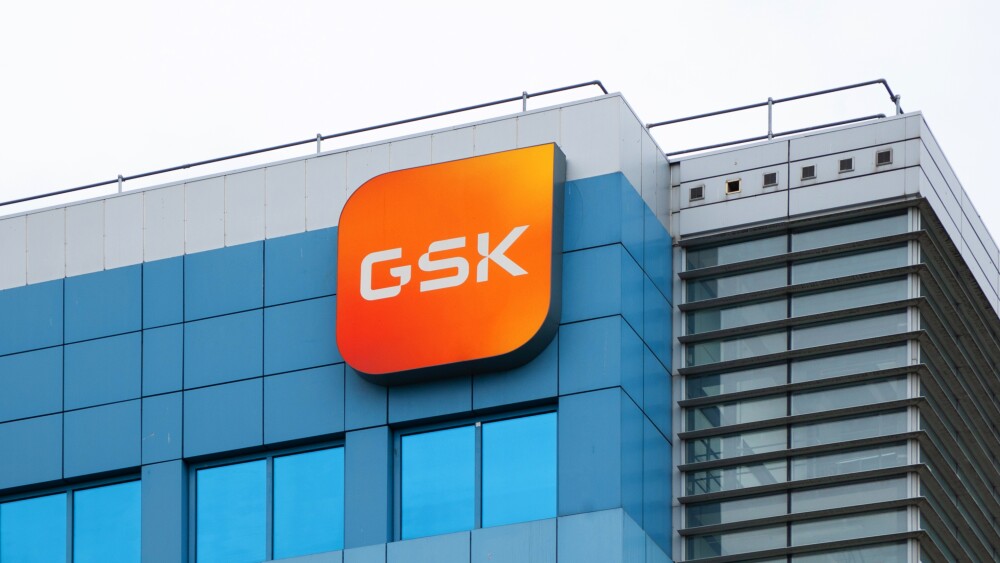Drug pricing criticism often fixates on a price at a single point in time but drug pricing is never static.
When a new medicine enters the market, it’s common for the “high” initial list price to make headlines—which can lead to conclusions that the U.S. market-based approach to drug pricing is broken and that government intervention is necessary.
But this initial list price is only one frame in the longer story of a drug’s lifecycle. The lifecycle consists of a market exclusivity period intended to generate a return for the medicine’s inventor followed by a post-exclusivity period intended to drop the price near its cost of goods, for society and the healthcare system to reap the benefits.
The market exclusivity period for new drugs is around 12–16 years on average. After this period, generic and biosimilar versions can enter the market, often driving down prices substantially. By purely focusing on a drug’s price at launch or at a single point over its market exclusivity period, drug pricing critics ignore the part of the lifecycle that is designed to lower prices over time.
At the Leerink Center for Pharmacoeconomics, we examined the real-world market dynamics of 15 common drugs—10 small molecules and five biologics. Each drug had been on the market for over a decade. Two patterns emerged. One, manufacturers often invest in post-approval research during the period of market exclusivity, which can lead to subsequent indications that can reach more patients. Two, steep price reductions are possible after the period of market exclusivity. Our analysis reinforces that when the market is given time, it can work well. Innovation continues, access expands and prices fall.
Take Afinitor, a small-molecule therapy made by Novartis. The drug was approved in March 2009 after a long development process marked by preclinical and clinical research, regulatory review and substantial investment. At launch, Afinitor offered a new treatment for patients with advanced kidney cancer. It launched at a price of nearly $8,000 per month.
Value unfolded over time. The manufacturer pursued and earned seven supplemental approvals, including for the treatment of pancreatic neuroendocrine tumors and advanced breast cancer. After Afinitor’s market exclusivity period, generic competition entered. Generic versions are now priced 90% less than the branded launch price.
The system worked as intended: the drugmaker continued to invest in clinical research and competitors eventually entered the market and substantially lowered costs.
Afinitor is not an outlier. Of the 15 drugs we studied, 13 received at least one supplemental approval, with an average of 4.5 supplemental approvals per drug. These approvals often expand the eligible population and pave the way for price competition. At the time of our analysis, the majority of the drugs we selected were already facing generic or biosimilar competition. And for those with at least a year of generic competition, generic prices were 87% to 99% lower than the initial branded list price.
Of course, the market may not always work as intended—and in those cases, policy may be needed so that society and the health system can reap the benefits of low-cost medicines after the market exclusivity period.
Medicare drug price negotiation could be a safeguard for when the market does not produce the intended outcomes; however, the current timetables for drug selection are not aligned with this objective. Small molecule drugs can be selected as early as seven years after approval and biological drugs as early as eleven years. This intervenes before the market has time to work. Selecting drugs at these time points risks selecting drugs that would not require government intervention to achieve the intended goals or missing drugs that may require such intervention.
For small molecule drugs, the government negotiated price can set in as early as nine years after approval, before the end of typical market exclusivity. At nine years, many drugs are still expanding their impact—gaining new indications, reaching broader populations and creating within-class competition. At nine years, drugs are still generating revenue to provide the necessary returns on their billion-dollar investments.
Cutting the market-based pricing period short for small molecules disrupts the market dynamics that incentivize post-approval research and destabilizes a model that has long supported the continued development of small molecule treatments. These issues are less of a concern with biologics given the negotiated prices do not set in until around year 13, which is within the typical market exclusivity time range.
The market-based approach to drug pricing in the U.S. is designed to produce affordable healthcare innovations, but we must give it time to do so before concluding that the system is broken and government intervention is necessary.





